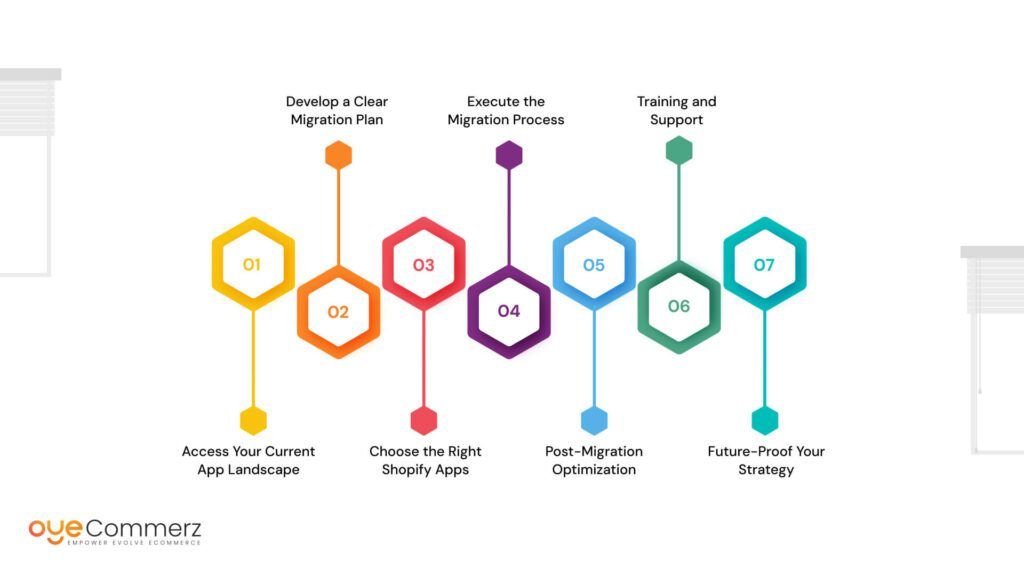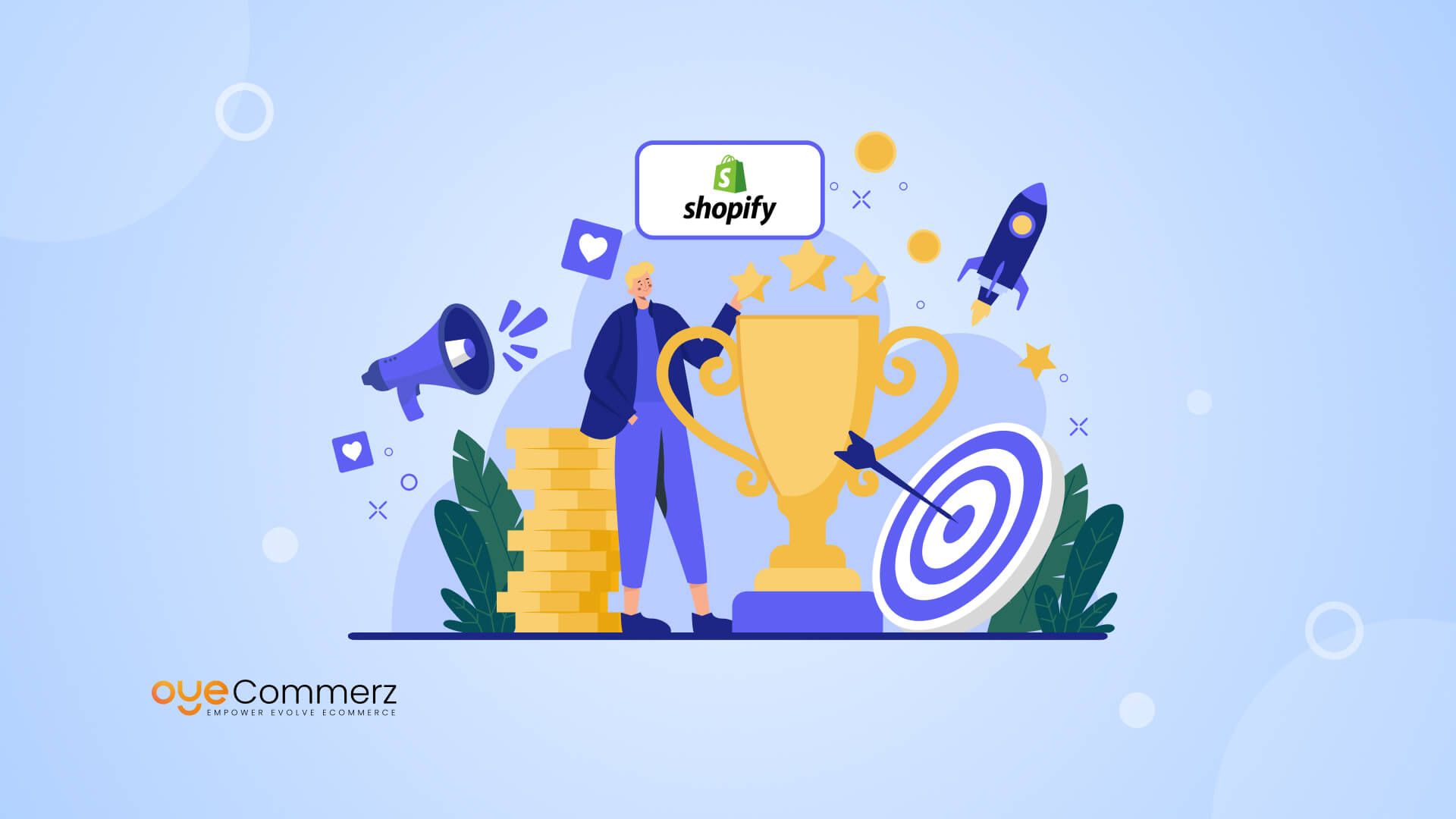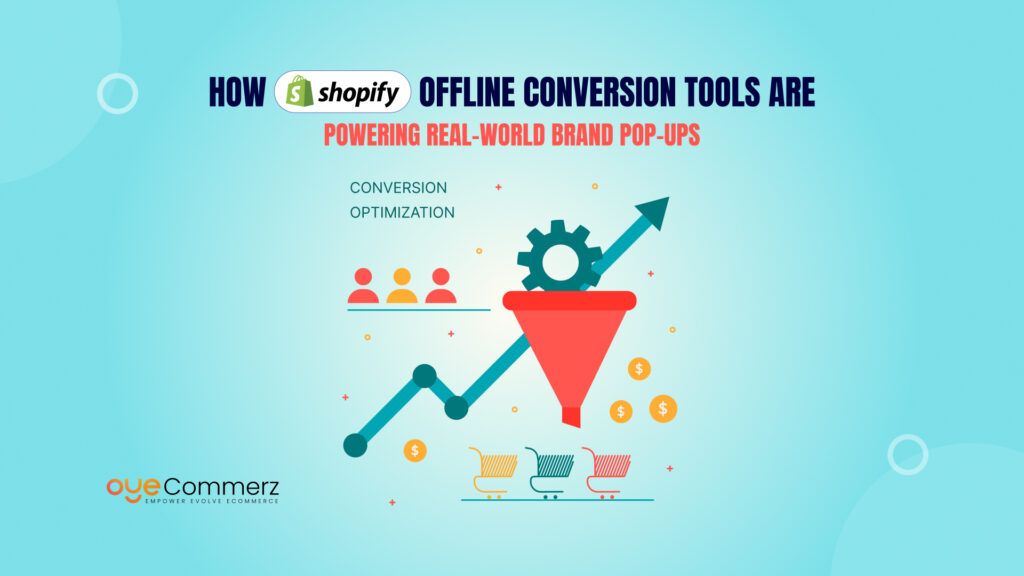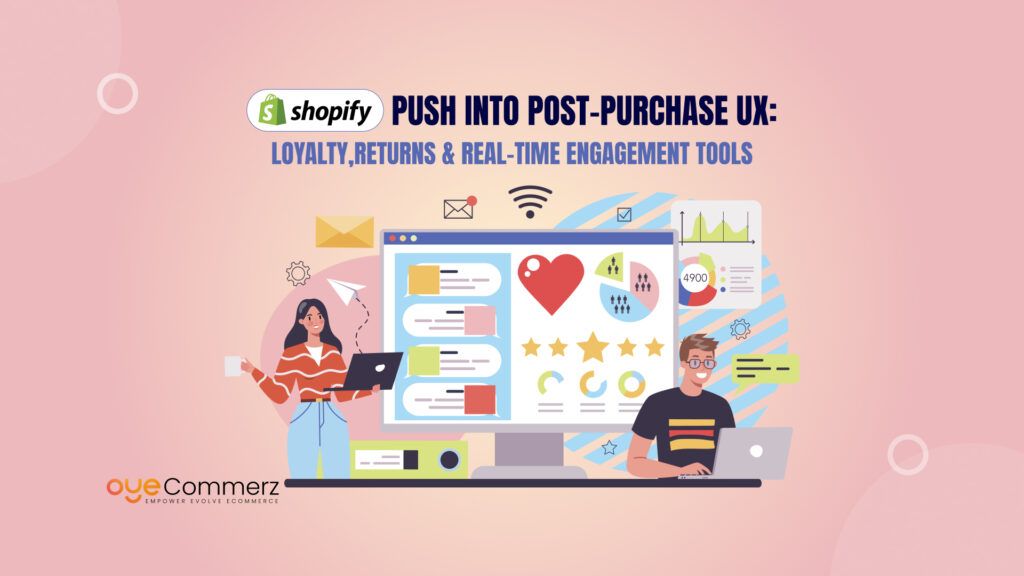Businesses are continuously adapting to remain competitive and meet customer expectations in current E-Commerce Market. A critical aspect of this adaptation is the ability to leverage robust technologies, and Shopify app migration has become a strategic necessity for many enterprise-level organizations. With Shopify’s extensive capabilities, businesses can streamline operations, enhance user experiences, and maximize efficiency.
However, the Shopify app migration process is not without its challenges. Many enterprises face obstacles such as data integrity issues, integration complexities, and potential downtime during the transition. According to recent statistics, over 40% of businesses report facing technical difficulties during app migrations, underscoring the need for a well-defined strategy. To mitigate these issues, implementing proven Shopify app optimization techniques business should know can significantly enhance the efficiency of the migration process, ensuring smoother integration and minimizing disruption.
Table of Contents
ToggleHere Are Some Winning Shopify App Migration Strategy

In this guide, we will explore the critical components of an effective migration strategy, incorporating insights from industry experts and recent trends. By following these best practices, enterprise leaders can ensure a smooth transition to Shopify, positioning their businesses for future growth and scalability.
1. Access Your Current App Landscape
Understanding Your Existing Apps
Before embarking on the migration process, it’s essential to evaluate your current app landscape. Understanding which apps are currently in use and their functionalities will guide your migration strategy. Consider the following:
- App Functionality: Identify what each app does and how it contributes to your business operations.
- User Adoption: Evaluate which apps are actively used by your team and which ones are underutilized.
- Performance Metrics: Analyze the performance of existing apps based on key metrics such as load times, user satisfaction, and impact on sales.
Identifying Key Stakeholders
Identifying stakeholders involved in the app migration process is crucial. Key stakeholders may include:
- IT Team: Responsible for the technical aspects of the migration.
- Marketing Department: Will require new tools for effective campaign management.
- Customer Service: Needs access to apps that enhance customer interactions.
Engaging stakeholders early on can foster collaboration and ensure that the migration strategy aligns with the overall business objectives. As Michael Turner, a senior consultant at E-Commerce Solutions, states, “Involving stakeholders from the start helps address concerns early and creates a smoother migration experience.”
2. Develop a Clear Migration Plan
Setting Objectives and Goals
A successful Shopify App Migration Strategy begins with defining clear objectives and goals. Consider the following:
- What do you aim to achieve through the migration? This may include improved app performance, enhanced user experience, or better integration with Shopify features.
- How will you measure success? Establish key performance indicators (KPIs) to assess the effectiveness of your migration.
Creating a Detailed Timeline
Developing a timeline for the migration process is vital. This should outline each phase of the migration, including:
- Preparation Phase: Conducting a comprehensive audit of existing apps and gathering stakeholder input.
- Implementation Phase: The actual migration process, including testing and troubleshooting.
- Post-Migration Review: Analyzing performance metrics and gathering user feedback.
According to Jessica Hunt, a migration specialist at Tech Advisors, “A well-structured timeline helps keep the team accountable and ensures that each phase is executed thoroughly.”
Risk Management
Identifying potential risks is a critical aspect of your migration strategy. Common risks may include:
- Data Loss: Ensuring data is accurately transferred without corruption.
- Downtime: Minimizing service interruptions during the migration.
- User Training: Ensuring staff are adequately trained on new apps.
Implementing risk mitigation strategies, such as robust backup procedures and thorough testing, can help reduce these risks.
3. Choose the Right Shopify Apps
Evaluating Third-Party Apps vs. Custom Solutions
When migrating, businesses must decide whether to use third-party apps or develop custom solutions. Here are key considerations:
- Third-Party Apps: Often quicker to implement and typically come with established support. However, ensure that they align with your business needs and integrate seamlessly with Shopify.
- Custom Solutions: Provide tailored functionalities specific to your business but may require more time and resources to develop.
Analyzing App Integrations
It’s vital to evaluate how well new apps will integrate with your existing systems and processes. Key factors to consider include:
- API Compatibility: Ensure that the apps you choose can communicate effectively with your current systems.
- Data Synchronization: Look for apps that offer real-time data updates to prevent discrepancies between platforms.
Daniel Smith, a Shopify Plus expert, emphasizes, “Selecting the right apps with robust integration capabilities can significantly enhance your operational efficiency and streamline workflows.”
4. Execute the Migration Process
Data Backup and Preparation
Before initiating the migration, ensure that all critical data is backed up. This step is crucial to prevent data loss during the transfer. Prepare your data by:
- Cleaning Up Data: Remove any unnecessary or outdated information from your existing apps.
- Structuring Data: Organize your data in a way that is compatible with the new Shopify apps.
Testing and Validation
During the migration process, conduct thorough testing to validate that everything functions as intended. Key steps include:
- Pilot Testing: Implement a pilot migration with a small group of users to identify any issues before a full rollout.
- Validation Checks: Ensure that all data has been transferred accurately and that app functionalities are working as expected.
5. Post-Migration Optimization
Monitoring Performance Metrics
After completing the migration, it’s essential to monitor the performance of your new Shopify apps. Key metrics to track include:
- Load Times: Measure how quickly apps are loading to ensure optimal user experience.
- User Engagement: Analyze how users are interacting with the new apps to identify areas for improvement.
- Sales Conversion Rates: Evaluate how the migration has impacted sales performance.
Gathering User Feedback
Collecting feedback from users post-migration is crucial for identifying any issues that may need addressing. Utilize methods such as:
- Surveys: Conduct user surveys to gauge satisfaction and gather insights on app performance.
- Direct Interviews: Engage in one-on-one discussions with key users to understand their experiences and challenges.
According to Sarah Johnson, a customer experience expert, “User feedback is invaluable in refining processes and improving app functionalities.”
6. Training and Support
Staff Training Programs
Ensuring that your team is well-versed in the new apps is essential for a successful transition. Consider implementing training programs that include:
- Hands-On Workshops: Offer interactive sessions where team members can practice using the new apps in real scenarios.
- Online Resources: Provide access to tutorials and documentation that users can refer to as they acclimate to the new tools.
Ongoing Support
Establishing a support system for ongoing issues is vital. This may involve:
- Help Desk Services: Setting up a dedicated help desk for immediate support needs.
- Regular Check-Ins: Scheduling periodic check-ins with teams to address any ongoing concerns or questions.
7. Future-Proof Your Strategy
Staying Informed on App Updates
Regularly staying informed about updates and new features released by Shopify will ensure your business remains competitive. This can include:
- Webinars: Participating in Shopify-hosted webinars to learn about new features.
- Industry News: Subscribing to industry news sources to keep up with trends and best practices.
Adapting to Market Changes
Being adaptable to market shifts is crucial for long-term success. Continuously evaluating your app stack and being open to adopting new technologies can enhance operational agility and improve customer satisfaction. For businesses looking to leverage these advancements, following a step-by-step guide to migrating apps to Shopify for enterprise e-Commerce can streamline the transition and ensure that your technology aligns with evolving market demands. This guide not only helps in selecting the right apps but also facilitates seamless integration, ultimately enhancing your e-commerce capabilities.
Take the Next Step in Your Shopify App Migration Journey
Oyecommerz is here to help. Our team of Shopify App development experts specializes in guiding enterprise-level e-commerce businesses through seamless app migrations, ensuring minimal disruptions and optimal performance.
Contact us today for a personalized consultation, and let’s turn your migration challenges into opportunities for growth and success!
Let's build your custom Shopify app today!
Conclusion
Developing a winning Shopify App Migration Strategy is essential for enterprise-level e-commerce businesses aiming to leverage the platform’s full potential. By assessing your current app landscape, establishing a clear migration plan, choosing the right apps, and executing the migration process with care, you can minimize risks and ensure a seamless transition. Post-migration optimization and ongoing support will further enhance performance, positioning your business for sustainable growth and success in a competitive landscape.




